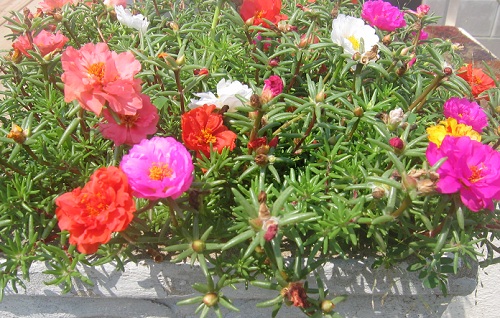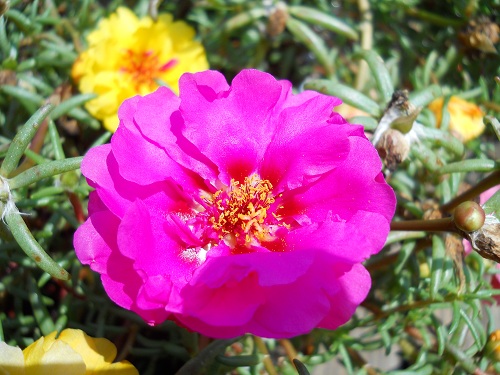One of my earliest memories involves my grandmother’s “zillion” zinnias. She had rows of zinnias in her vegetable garden, large zinnias overflowing an old tire near the back door, and zinnias around the mailbox–placed there to welcome the rural mail carrier each day.
Who can resist these beauties? The colorful masses, so easy to grow, have long been a favorite of mine.
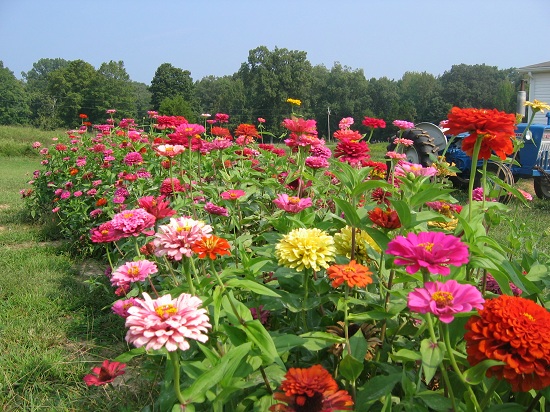
Sitting by the window on a dreary gray winter’s day, the seed catalog and its colorful photos of zinnias makes one yearn for spring. After ordering the various vegetables I always included at least one pack of zinnias in my order. I usually ordered one of the large packs of seeds, promising giant zinnia blooms.
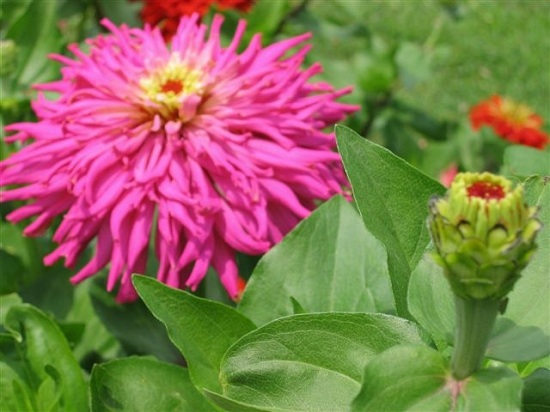
Zinnias prefer full sun, but can take a bit of shade. They would rather be dry than wet and are prone to mildew. For that reason I water them as I do roses, from the bottom. Don’t let water stand on their leaves overnight if you can help it. Early morning watering is best. They benefit from regular feeding, but will bloom freely without it. Any good soil will do, as they will tolerate a wide range.
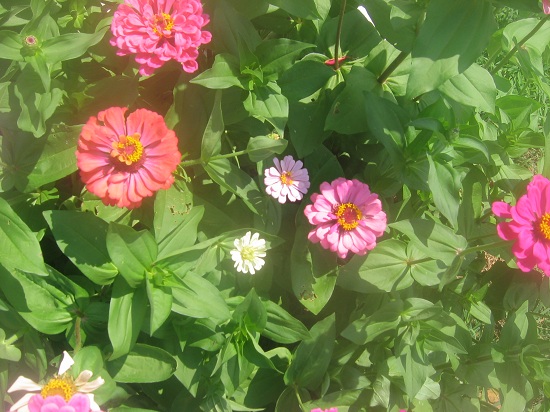
As with many flowering annuals, deadheading (removing the first bud or bloom) will cause the plant to branch out. Though it will naturally do this on its own, you can hurry the process along and get a fuller plant if you deadhead early. A bit of sacrifice early on will reward you with many more blooming branches.
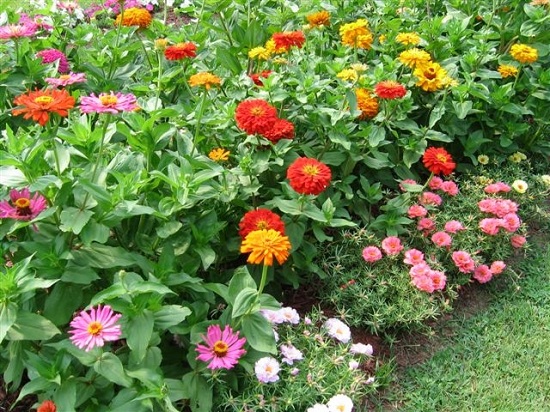
Bouquets of these gorgeous zinnias last longer than many other plants. Change the water every couple of days and if your room isn’t too warm, you could get at least a week out of each bouquet, possibly longer.
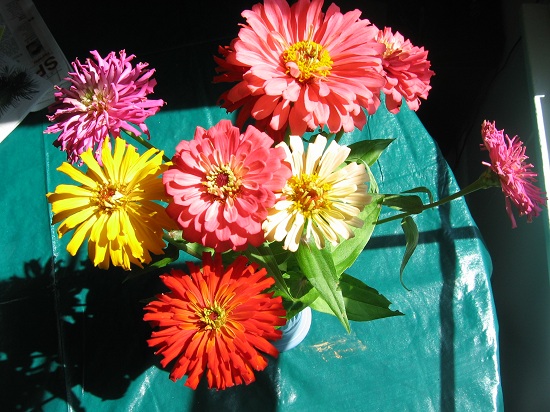
Be sure to leave a few blooms to mature on your plant. Zinnias are prolific seed producers. Gather the dead heads in the fall and store them in a paper sack over the winter. Avoid plastic bags as they can retain moisture, which can rot the seeds. Enjoy!
© Wade Kingston


